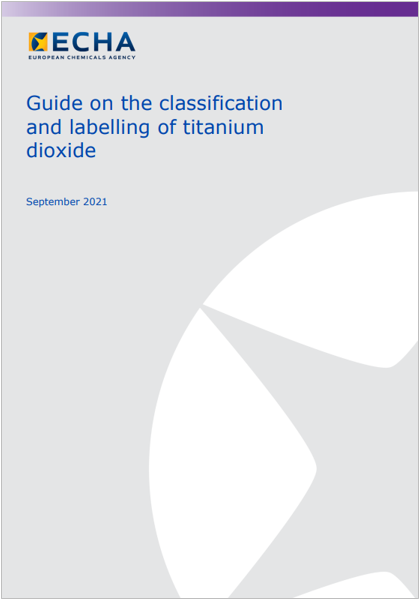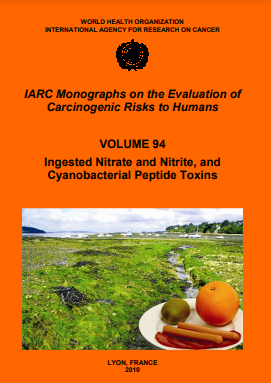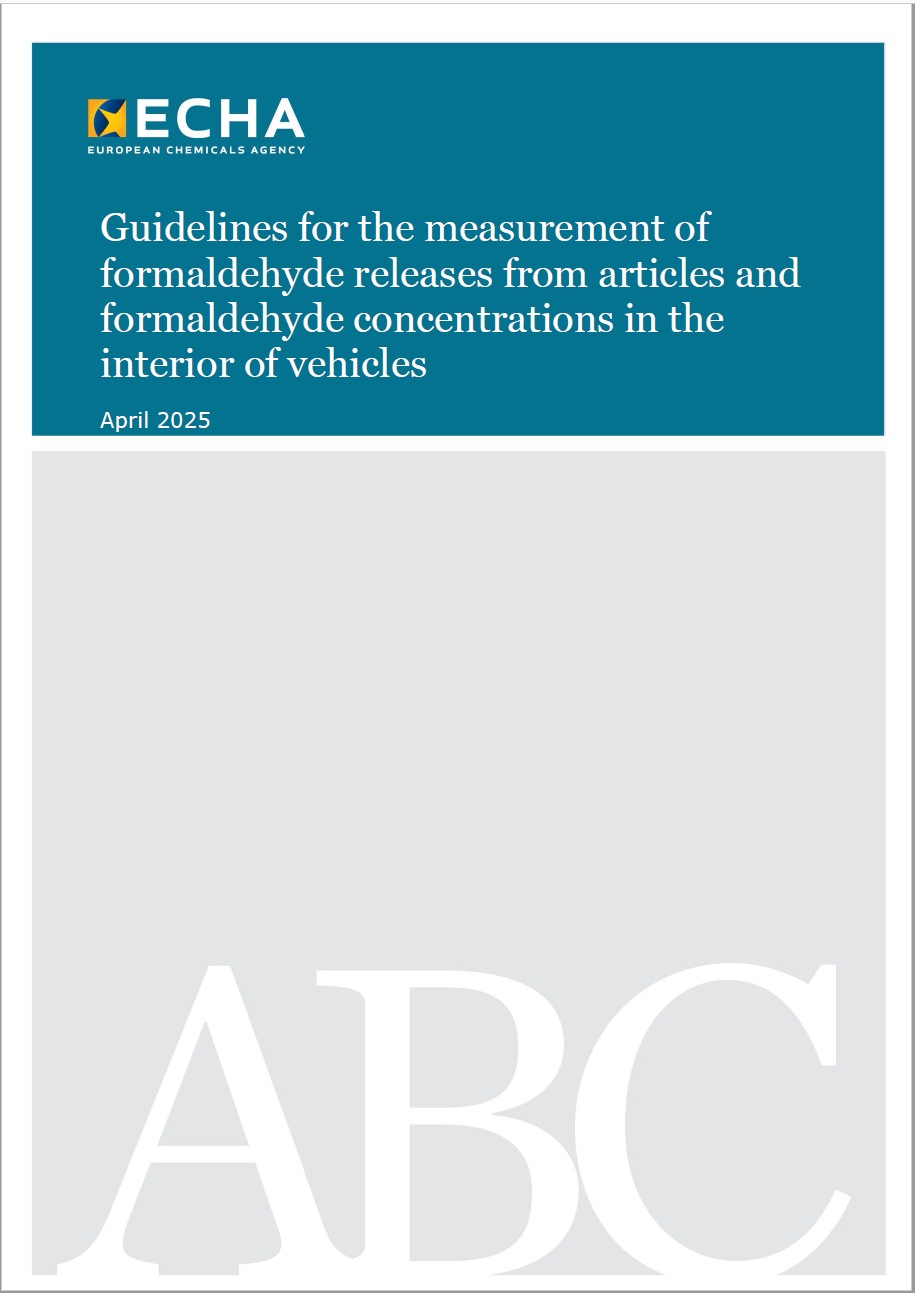Informazione tecnica HSE / 25 ° anno
/ Documenti disponibili:
45.598
/ Documenti scaricati: 34.514.954
/ Documenti scaricati: 34.514.954
Guidance on the compilation of safety data sheets Draft (Public) Version 4.0 April 2020
Version 4.0 Update of the guidance to take into account the revised Annex II that will apply from January 2021.
Safety data sheets (SDSs) have been a well-accepted and effective method for the provision of information to recipients of substances and mixtures in the EU. These have been made an integral part of the system of Regulation (EC) N° 1907/2006 (REACH). The original requirements of REACH for SDSs have been further adapted to take into account the rules for safety data sheets of the Global Harmonised System (GHS) and the implementation of other
elements of the GHS into EU legislation that were introduced by Regulation (EC) N° 1272/2008 (CLP) via amendments to Annex II of REACH.
The SDS provides a mechanism for transmitting appropriate safety information on substances and mixtures where:
Under certain conditions some mixtures which do not meet the criteria for classification as hazardous according to CLP also require an SDS to be prepared or be made available on request (See Article 31 of REACH and notes to tables 3.4.6, 3.6.2, 3.7.2, 3.8.3 and 3.9.4 of Annex I of CLP).
SDSs do not have to be provided for articles. Although the SDS format may, for a few specific 26 articles, be used to convey safety information down the supply chain, it is not adapted to most articles 27.
The SDS follows a 16-section format which is internationally agreed. The SDS must be supplied in an official language of the Member State(s) where the substance or mixture is placed on the market, unless the Member State(s) concerned provide(s) otherwise (Article 31 of REACH).
Where a Chemical Safety Report (CSR) is required to be prepared for a substance, the information in the SDS for the substance must be consistent with that provided in the CSR as well as with that provided in the registration dossier. In addition, according to Article 31 of REACH, registrants and downstream users that are required to prepare a CSR, must place the relevant exposure scenario(s) into an annex to the safety data sheet. Downstream users have to consider relevant exposure information received from suppliers when compiling their safety data sheets. For mixtures, there are several options for placing relevant exposure scenarios into an annex or for including relevant exposure information in the core Sections 1 – 16 of the SDS. If however, a Downstream User is required to prepare his own CSR under Article 37 of REACH and this results in the generation of an exposure scenario, this exposure scenario must be placed in an annex to the SDS.
...
Fonte: ECHA
Collegati:

Helsinki, 20 September 2021
The classification and labelling requirements for titanium dioxide (TiO2) changed in February 2020. As of 1 Octo...

ID 16301 | 01.04.2022 / In allegato
This ninety-fourth volume of IARC Monographs contains evaluati...

ID 23980 | 15.05.2025 / Attached
Guidelines for the measurement of formaldehyde releases from articles and formaldehyde concentrations in the ...
Testata editoriale iscritta al n. 22/2024 del registro periodici della cancelleria del Tribunale di Perugia in data 19.11.2024